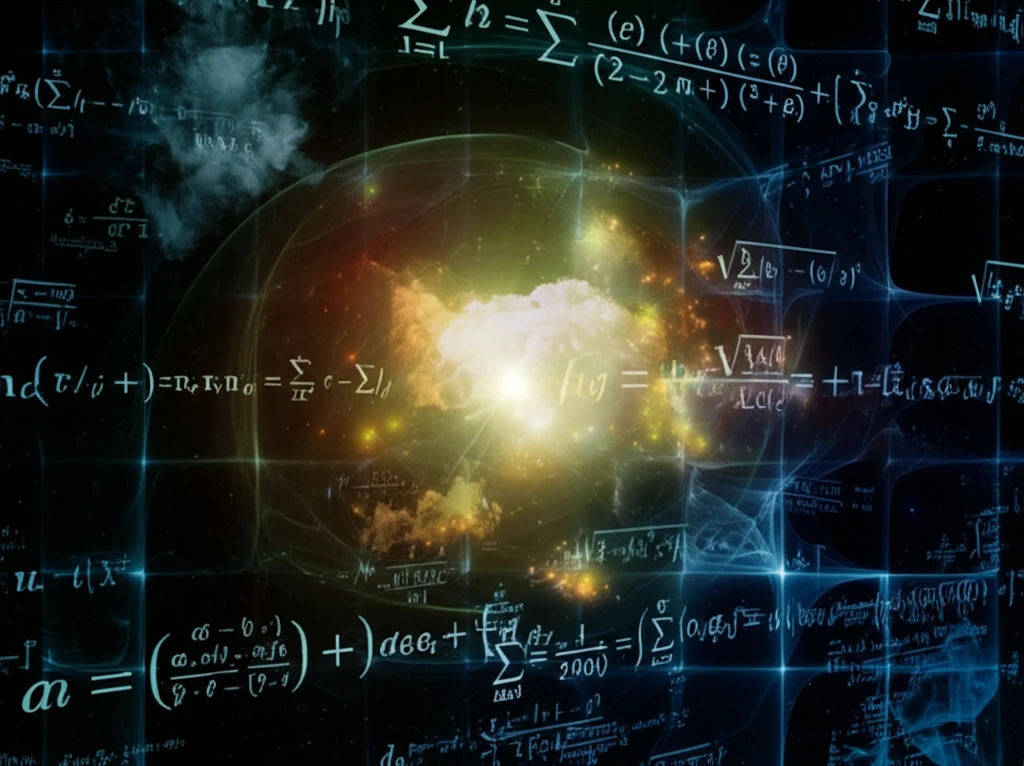
Unlocking the Universe: How Einstein's Equations and Dilatons Could Reshape Our Understanding of Gravity
"Delving into the solutions of Einstein-Maxwell equations and dilaton equations to reveal new insights into gravity and modern physics."
Have you ever wondered what truly governs the universe at its most fundamental level? Modern physics is constantly evolving, pushing the boundaries of what we know about gravity, energy, and the very fabric of space-time. At the heart of this quest lies a series of complex equations, most notably those derived from Einstein's theory of general relativity, coupled with concepts like dilaton fields and scalar fields. These aren't just abstract mathematical constructs; they're the keys to unlocking deeper insights into cosmic mysteries.
Scalar fields, in particular, play a crucial role in many generalized gravity theories, such as scalar-tensor theories and Majumdar-Papapetrou (MP) theories. These fields arise naturally from string theory as dilatons, sparking significant interest in string theory-inspired gravity models. The MP formulation, for instance, elegantly gives rise to electrostatic solutions within Einstein-Maxwell equations, broadening Newtonian theory to encompass relativistic scenarios with multiple charged black holes.
In simpler terms, imagine the universe as a vast stage where gravity, electromagnetism, and other fundamental forces interact. Scalar fields act as mediators, influencing these interactions and shaping the behavior of celestial objects. Understanding these fields and their mathematical representations can lead to breakthroughs in areas like cosmology, high-energy physics, and our comprehension of black holes.
Einstein-Maxwell Equations and Dilaton Equations: A Deep Dive

The research paper "The Solutions of the Coupled Einstein-Maxwell Equations and Dilaton Equations" delves into the intricate relationships between gravity, electromagnetism, and scalar fields. The authors focus on static perfect fluid distributions with a dilaton field within the framework of general relativity, employing calculus of variations to establish an existence theorem for solutions in this gravitational system. This means they're exploring whether smooth, physically realistic solutions exist for these complex equations.
- The study focuses on extremely charged static perfect fluid distributions.
- It uses calculus of variations to find solutions to the Einstein-Maxwell equations.
- Dilaton fields are incorporated to enhance the model's completeness.
- The research aims to identify asymptotically flat space metrics.
The Broader Implications
This research, while deeply rooted in theoretical physics and mathematics, has far-reaching implications for our understanding of the cosmos. By exploring the solutions of the Einstein-Maxwell and dilaton equations, scientists gain new insights into the fundamental laws that govern the universe. As we continue to probe the mysteries of black holes, dark energy, and the origins of the universe, these theoretical advancements provide the crucial framework for future discoveries. It's a testament to the power of mathematical reasoning and theoretical exploration in unlocking the secrets of reality.
